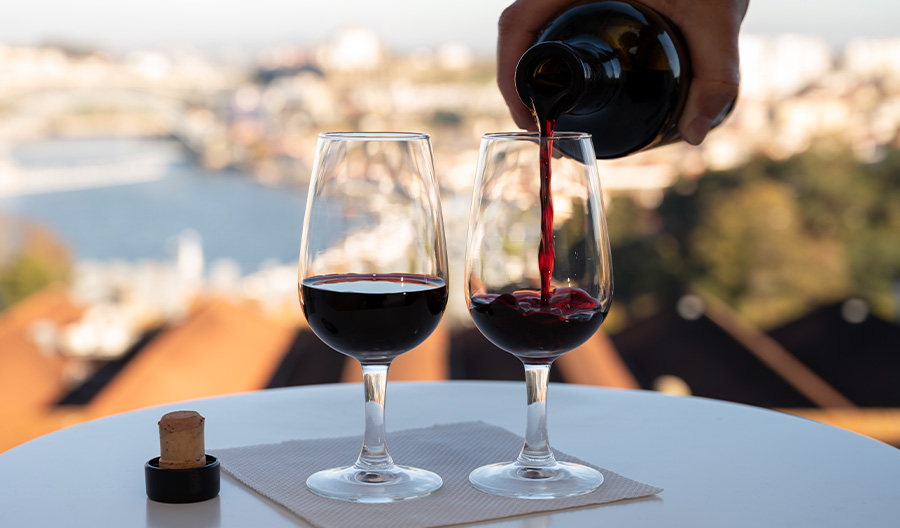Fortified wines, a treasure trove of flavors and styles, have captivated wine enthusiasts for generations. These wines are unique because they undergo a distinct production process that involves the addition of distilled spirits, usually brandy, which elevates their alcohol content and imbues them with the ability to age gracefully. Fortified wines come in various styles, from bone-dry to intensely sweet, making them versatile for a range of occasions and culinary pairings. In this guide, we delve into the world of fortified wines, exploring their history, key varieties, and how to enjoy them.
The Origins and History
The origins of fortified wines can be traced back centuries. Early sailors and traders discovered that adding brandy to wine helped preserve it during long sea voyages. Over time, this practice evolved into distinct styles of fortified wine production, each region lending its unique character to the process.

Key Varieties of Fortified Wines
Sherry: Sherry, from the Andalusia region of Spain, offers a diverse spectrum of styles. Fino is extremely dry and pale, while Amontillado strikes a balance between dry and medium-dry. Oloroso encompasses dry to sweet variations, and Pedro Ximénez is luxuriously sweet.
Port Wine: Hailing from Portugal's Douro Valley, Port wine is celebrated for its sweetness. It comes in several variations, including Tawny Port (aged in wood), Ruby Port (young and vibrant), Vintage Port (aged in the bottle), and Late Bottled Vintage (LBV) Port.
Madeira: Madeira wine, from the Portuguese island of Madeira, is known for its longevity and versatile styles. From dry Sercial to sweet Malmsey, it caters to a wide range of palates.
Marsala: Marsala wine, produced in Sicily, Italy, finds its place in cooking and as an aperitif or dessert wine. It spans the spectrum from dry to sweet.
Vermouth: Vermouth, a staple in the cocktail world, is an aromatized fortified wine. Dry vermouth (white) and sweet vermouth (red) are used as key ingredients in classic cocktails like the Martini and the Negroni.
Vins Doux Naturels (VDN): France produces Vins Doux Naturels in various regions. These wines are sweet, fortified with a neutral grape spirit, and are known for their aromatic profiles.
Tasting and Enjoying Fortified Wines
Serving: Fortified wines are typically served at a slightly warmer temperature than regular table wines, making room temperature or slightly chilled options the norm.
Glassware: Choose the appropriate glass, such as a tulip-shaped Glencairn glass for Sherry or a classic tumbler for Port, to best appreciate the aromas and flavors.
Pairings: Fortified wines are versatile and can be enjoyed on their own, with a range of cheeses, dark chocolate, or even as an accompaniment to a fine meal.
Aging: Many fortified wines age gracefully and develop complex flavors over time. Vintage Ports, in particular, can be cellared for decades.
Fortified wines are not only a testament to tradition but also a celebration of craftsmanship and the magic that happens when wine meets spirits. These wines have a place in our hearts and on our tables, from special occasions to everyday enjoyment. The world of fortified wines is as diverse as it is flavorful, offering a multitude of experiences waiting to be explored. Whether your customers prefer the elegance of Sherry, the sweetness of Port, or the versatility of Vermouth, fortified wines are a world of flavors and aromas just waiting to be discovered and savored.

